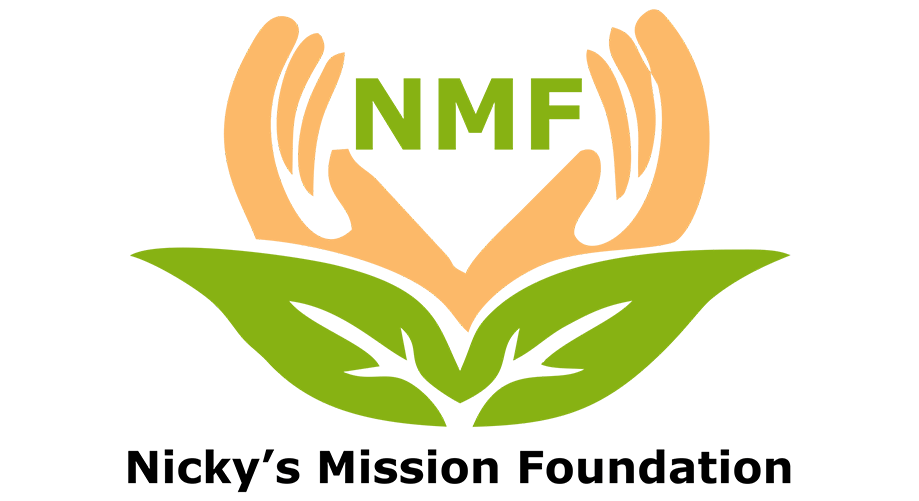he 30th January 2020 is a decisive day in the fight against neglected tropical diseases (NTDs). Designated ‘World NTD Day’, it marks exactly eight years since the World Health Organization (WHO) released its Roadmap outlining targets for prevention, control, and elimination of a set of infectious diseases locking a large part of the world into a vicious circle of poverty and poor health. The original group of 17 target NTDs presented in the proceedings of the highly influential WHO meeting on ‘Accelerating work to overcome the global impact of neglected tropical diseases‘, was enlarged in 2016 to 20 diseases, now including infections due to helminths, protozoa, fungi, bacteria and viruses.
Inspired by the WHO Roadmap, a meeting spearheaded by the Director-General of WHO at the time, Margaret Chan, and Bill Gates of the Bill & Melinda Gates Foundation (BMGF) was held at the Royal College of Physicians in London, UK on the very day the Roadmap left the presses in 2012. This meeting included stakeholders representing international organizations, major pharmaceutical companies, donor organizations as well as governments in both industrial and endemic countries and it resulted in the joint launch of the ‘London Declaration on Neglected Tropical Diseases’ where all participants unanimously agreed to eliminate or control 10 NTDs in the world’s low- and middle-income countries by the early 2020s. Up to $800 million was allocated over the next ten years for research and development of diseases affecting 1.5 billion people. The pharmaceutical companies pledged provision of free drugs, while large foundations such as the BMGF, bilateral donors such as the British Department for International Development (DFID) and the United States Agency for International Development (USAID) would support the distribution of the medical supplies needed, assisted by WHO and the World Bank.
Seeing poverty as the root cause of ill health redirects approaches from isolated, direct health interventions to a dual scheme emphasizing also the role of poverty that adds financial burdens to stricken households. Changing gears, the Chinese Government have improved the medical insurance system, provided free or reduced cost for treatment and health services, particularly supporting maternal and child health and strengthening the general social support system. All registered poor people now enjoy a three-tiered financial protection, namely basic health insurance, major disease insurance and medical financial assistance schemes. This approach not only assists control of infectious diseases, such as the NTDs, but also hypertension, diabetes, tuberculosis, mental disorders and other common medical disorders.

